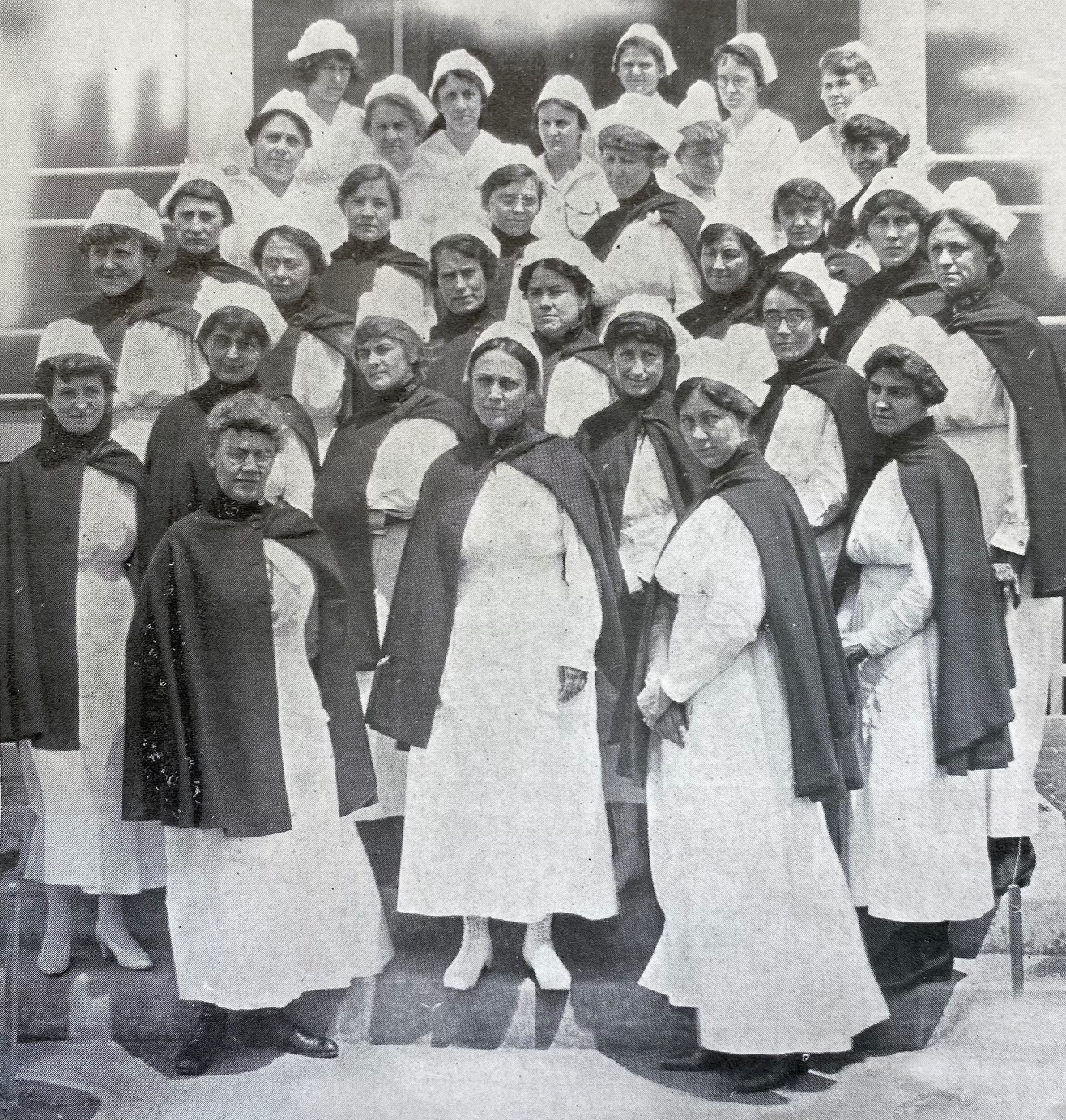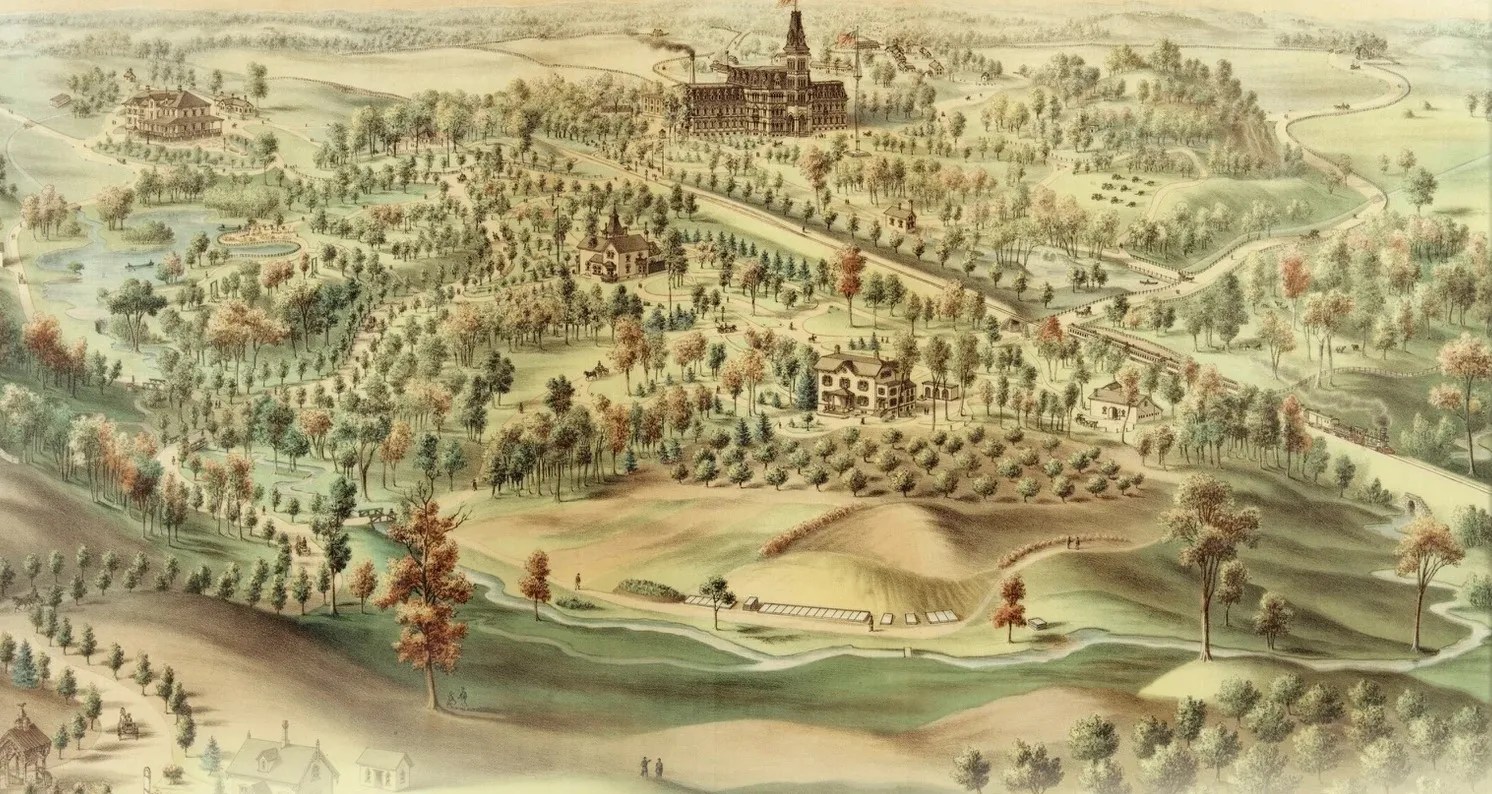
Did you know five streets on the VA Medical Center campus of the Northern Arizona VA Health Care System in Prescott, Arizona are named for significant people in the facility’s history? The campus is situated on what was once Fort Whipple, later known as Whipple Barracks, a U.S. Army post established in 1864.1
Major Edward Willis set up the first location of Fort Whipple on December 23, 1863, at Del Rio Springs, Arizona (present-day Chino Valley). In May 1864, the fort permanently relocated twenty-one miles south, to a site 1-1/2 miles east of Prescott along Granite Creek. The troops stationed at Fort Whipple protected the settlers and miners in and around the newly established territorial capital of Prescott.2

Both Whipple Parkway and the fort are named for Major General Amiel Weeks Whipple, an American military officer and topographical engineer. He worked for the War Department between 1848 and 1854, leading surveys of the new U.S. and Mexico boundary and a possible transcontinental railroad route along the 35th parallel from Arkansas to Los Angeles, California.3
During the railroad route survey, Whipple observed a valley full of grama grass, known as Chino grama, in an area 25 miles north of Prescott. Seeing the fields of grama grass, he named the area “Val de Chino.”4 On May 7, 1863, Whipple was mortally wounded at the Battle of Chancellorsville in Virginia.5
Historic Street Names
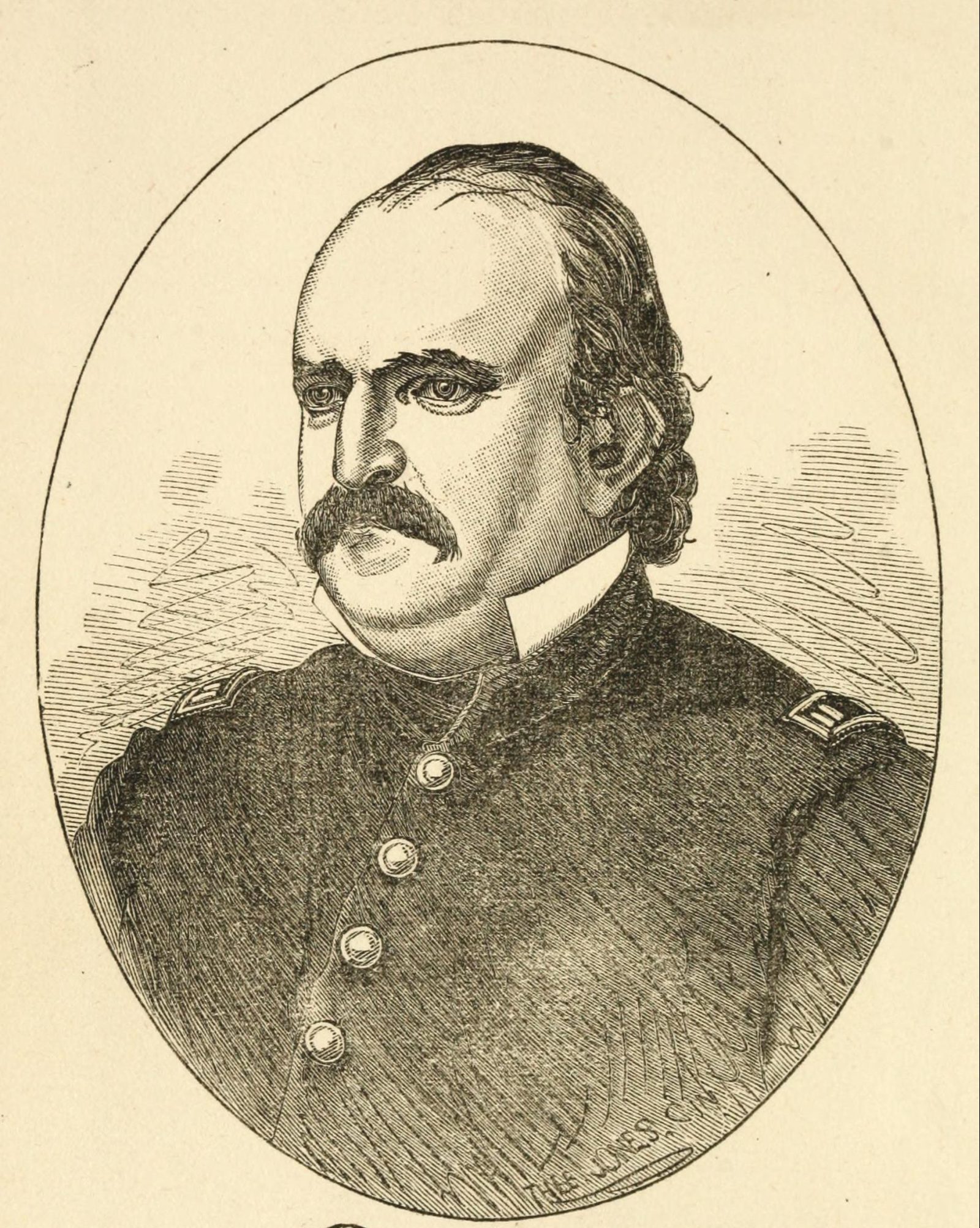
Dr. Leib Lane is named after Dr. Charles Leib, a personal friend of President Abraham Lincoln who was appointed a quartermaster in 1861. A controversial choice for the role, Lieb’s appointment occurred while Congress was in recess, as his first appointment had been rejected by the U.S. Senate. 6
In 1863, Leib was appointed under contract as post surgeon for the army, and he joined Major Willis’ expedition to the Arizona Territory to establish Fort Whipple. 7 Mary Catherine, Leib’s wife of eleven years, accompanied him on the trip, and she was the only woman in the group.
In March 1864, Leib’s contract was abruptly terminated by Major Nelson H. Davis, assistant inspector general for the Arizona Territory. 8 Although the details of his termination are unclear, there is speculation about Leib’s quartermaster duties with army contractors and missing funds.
In July 1864, Leib unsuccessfully ran in the first Arizona Territorial election as a candidate for delegate to Congress, losing to Charles D. Poston.9 Leib died on January 11, 1865.10

Colonel Holmberg Road is named for Lt. Col. Carl Edward Holmberg. When Whipple Barracks became U.S. Army General Hospital No. 20 in 1918, he was appointed as the hospital’s first commanding officer.11
Holmberg was born in 1879 in Lund, Sweden and later moved with his parents to Saginaw, Michigan. He attended Jefferson University in Philadelphia, Pennsylvania for his medical education, graduating in 1908. The following year, he joined the army and graduated from the army medical school in 1910. 12
Holmberg was stationed in San Francisco, Manila, Philippines and Fort Bayard, New Mexico before arriving at Whipple Barracks on May 9, 1918.13 The army reopened Whipple Barracks to treat soldiers returning from World War I that acquired respiratory ailments, particularly tuberculosis. During Holmberg’s command, the Spanish influenza epidemic impacted the hospital, and the facility was quarantined in the fall of 1918.14
In late December 1918, Holmberg became ill with flu-like symptoms.15 Tragically, on January 1, 1919, influenza took Holmberg’s life.16
Nell Crouch Road is named after Nell Waters Crouch, the first chief nurse for Whipple Barracks. Crouch was born in 1873 in Carrollton, Missouri, and in October 1917, she enlisted as a nurse in the Army Nurse Corps. In May 1918, Crouch transferred to Whipple Barracks from Brownsville, Texas.17
Whipple Barracks hospital received its first patients on June 25, 1918. At that time, there were only three nurses on staff at the hospital. Crouch was instrumental in increasing the nursing staff to thirty-four.18
In March 1919, she moved to Kansas City, Missouri to become superintendent of the Visiting Nurse Association. Throughout her life, Crouch was actively involved in nursing education and children’s hygiene issues.19 She died in Kansas City on December 25, 1960.20
Dr. Allee Lane is named for Dr. Gail Darwin Allee, who was born in 1876 in Olean, Missouri. Allee attended Missouri University and St. Louis University for his medical degree. In 1918, he transferred to Whipple Barracks from Fort Riley, Kansas.21
Dr. Allee oversaw the fort’s medical department. He stayed on the medical staff when the army transferred Whipple Barracks to the U.S. Public Health Service in 1920. After the Veterans Bureau took over operations in 1922, Allee was appointed the commanding officer of Veterans Bureau Hospital Number 50.22
In 1932, Allee moved to Kansas to serve as the chief of medical staff at the Veterans Administration hospital in Wadsworth, near Fort Leavenworth.23 He retired in April 1946 and died three months later, on July 30, 1946.24
Although it is unknown when these streets were officially given their names, they all serve as a fitting and lasting tribute to such important people in Fort Whipple’s history.
Footnotes
- Henson, Pauline Founding a Wilderness Capital: Prescott, A.T. 1864. Northland Press, Flagstaff, 1965, pgs 148-156. ↩︎
- Wagoner, Jay J. Arizona Territory 1863-1912 A Political History. University of Arizona Press, Tucson, 1970, pg 36. ↩︎
- The Arizona Republican, April 11, 1898, page 8, column 1
Amiel Weeks Whipple and the boundary survey in southern California, The Journal of San Diego History, Summer 1973, Volume 19, Number 3
Expedition along the 35th parallel led by Lt. Amiel Weeks Whipple (July 1853- March 1854), Smithsonian Institute Archives ↩︎ - Reports of exploration and surveys, to ascertain the most practicable and economical route for a railroad from the Mississippi River to the Pacific Ocean v.3 (1856), Chapter IV, pgs 14-17. ↩︎
- Amiel Weeks Whipple, Memorial number 19694, Find a Grave ↩︎
- Dr. Charles Leib: Lincoln’s Mole?, Journal of the Abraham Lincoln Association, Summer 2003, Volume 24, Issue 2, pgs 20-35. ↩︎
- Henson, Pauline Founding a Wilderness Capital: Prescott, A.T. 1864. Northland Press, Flagstaff, 1965, page 139. ↩︎
- The Arizona Miner, March 23, 1864, page 3, column 1
Post Return of Fort Whipple, March 1864, reference National Archives NAID 561324 ↩︎ - The Arizona Miner, August 24, 1864, page 2, column 3 ↩︎
- Charles “Doc” Leib, Memorial number 105851101, Find a Grave ↩︎
- The Whipple Barracks Review, U.S. Army General Hospital No. 20, Army Nurse Corps, Dec. 1919 ↩︎
- Army and Navy Register, January 22, 1910, Volume XLVII, page 1 ↩︎
- Prescott Journal-Miner, May 10, 1918, page 1, column 6 ↩︎
- Prescott Journal-Miner, October 5, 1918, page 3, column 1 ↩︎
- Prescott Journal-Miner, January 2, 1919 edition, page 1, column 1 ↩︎
- Col. Carl E. Holmberg, Memorial number 141801287, Find a Grave ↩︎
- he Trained Nurse and Hospital Review, January 1918, Volume LX, Number 1, page 48, column 1
The Trained Nurse and Hospital Review, September 1918, Volume LXI, Number 3, page 182, column 2 ↩︎ - The Whipple Barracks Review, U.S. Army General Hospital No. 20, Army Nurse Corps, December 1919 ↩︎
- State of Kansas, 35th Annual Report for the Department of Labor and Industry, June 1920, page 58 ↩︎
- Nell W. Crouch, Memorial number 42112254, Find a Grave ↩︎
- The Journal of the Missouri State Medical Association, August 1918, Volume XV, No. 8, page 305 ↩︎
- Prescott Evening Courier, July 4, 1922, page 1, column 2 ↩︎
- Prescott Evening Courier, July 30, 1934, page 1, column 6 ↩︎
- Dr. Gail Darwin Allee, Memorial number 150079223, Find a Grave ↩︎
By Worcester P. Bong
(Ret.) Health System Specialist to the Chief of Staff and Facility Planner
Share this story
Related Stories
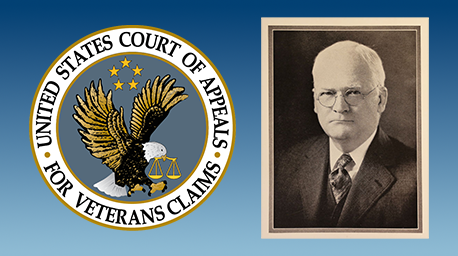
Featured Stories
A Brief History of the Board of Veterans’ Appeals
On July 28, 1933, President Franklin Delano Roosevelt signed Executive Order 6230 creating the Board of Veterans’ Appeals (BVA). The BVA was created as part of the Veterans Administration (VA), which had been established only three years earlier.
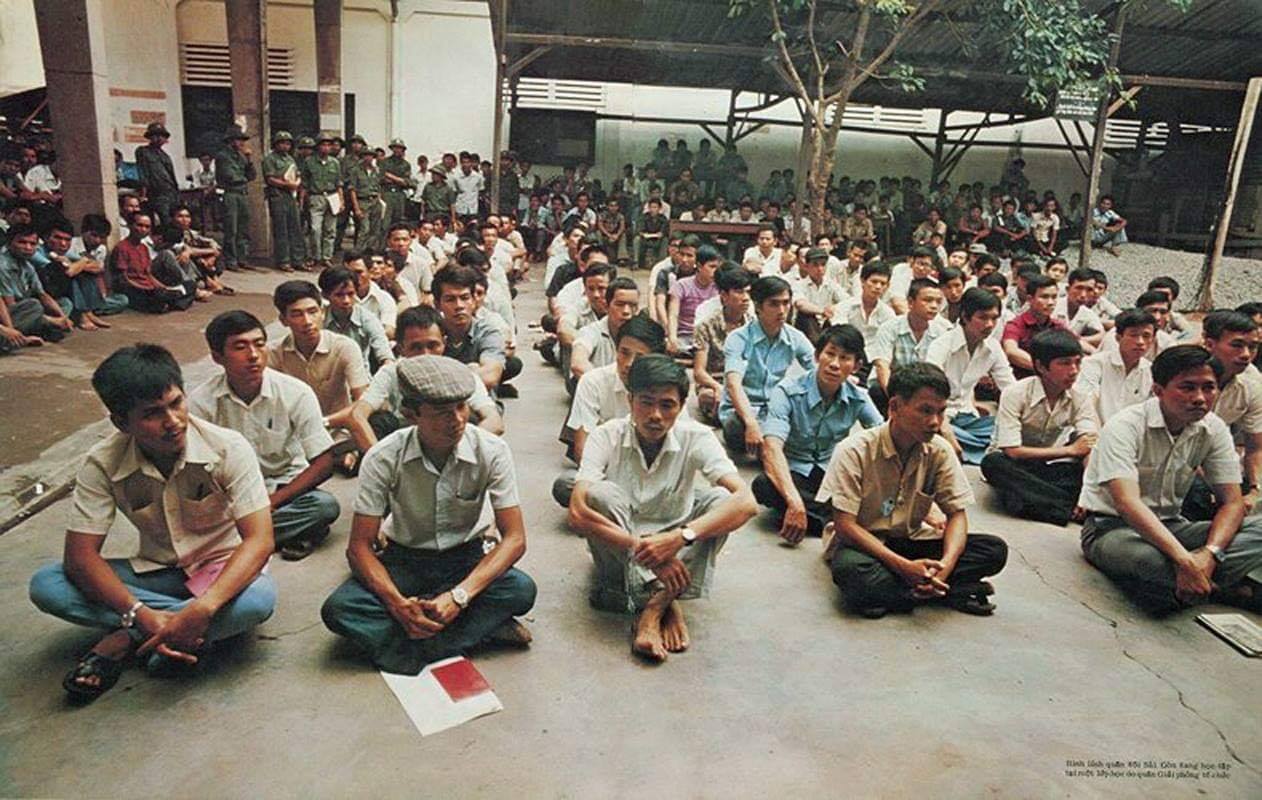
Featured Stories
The Fall of Saigon 1975: A South Vietnamese Military Physician Remembers
"There was chaos in the streets when I made my way to the hospital on the morning of April 30, 1975. In a place of order, there was now great confusion. The director and vice director of the hospital were gone, making me, the chief of medicine, the highest-ranking medical officer."


